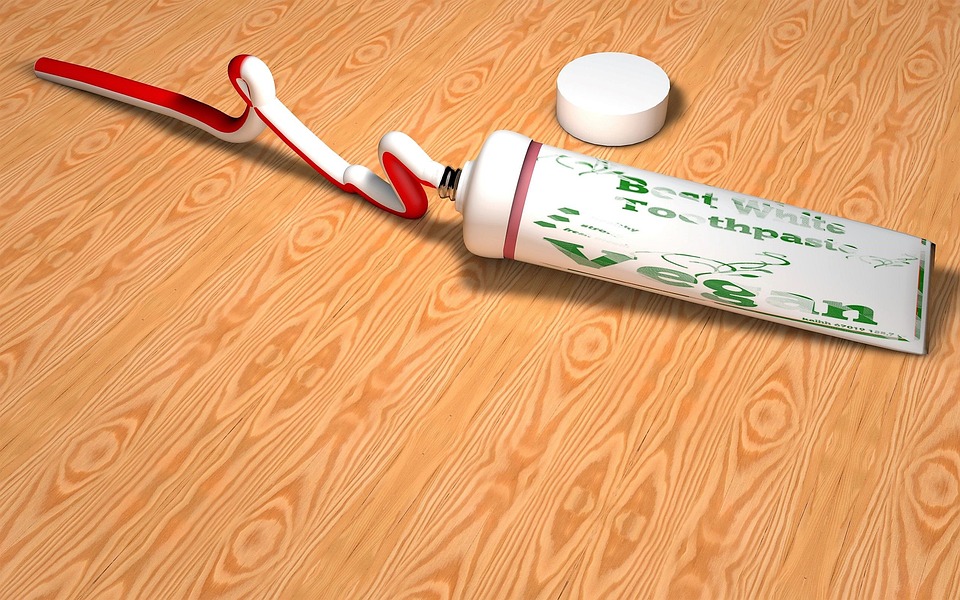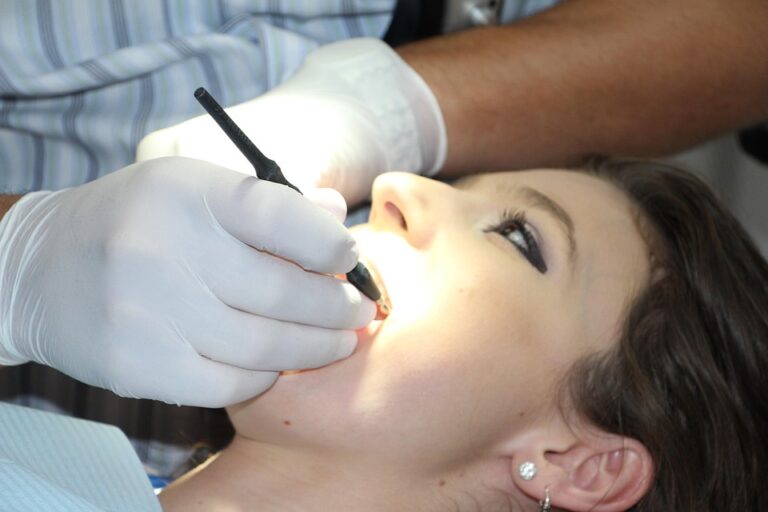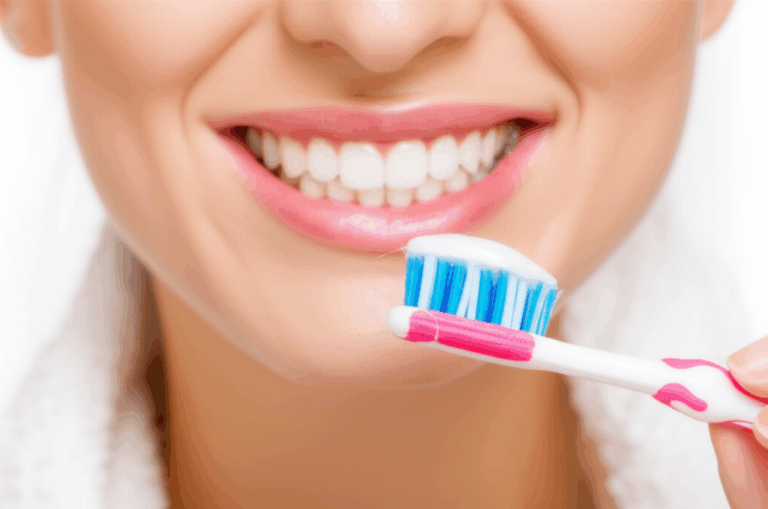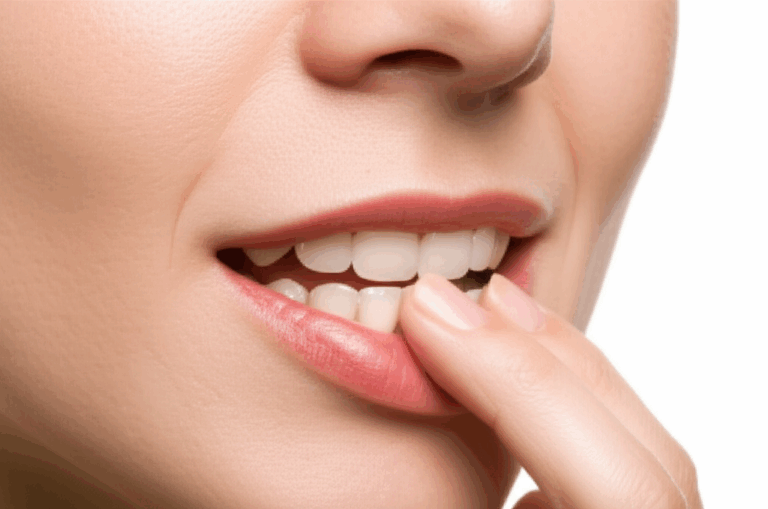
Am I A Candidate For Veneers
You seen them. Those perfect, white smiles like in the movies. And you think, “How they get teeth like that?” For lots of people, the secret ain’t just luck; it’s veneers. But are they good for you? Its a big choice, and you got a million questions. This article is for you. I’m gonna tell you everything I learned about veneers, clear things up, and give you the real story you need. We’ll look at the good stuff, the bad stuff, and the “maybe” stuff so you can go to the dentist feeling like you know what’s up.
What Exactly Are Veneers Anyway?
Let’s start from the top. I think of veneers like they are special, super-thin contact lenses but for your teeth. They are tiny, paper-thin shells, normally made of porcelain, that a dentist glues to the front of your teeth. The point? To change how they look, like their color, shape, or size. They’re all about looking good. They are the best cover-up in the world of dentists who make teeth look pretty, hiding problems and givin’ you a smile that looks brand new.
Think about it like this. You have a nice table but it has some scratches on it. You wouldn’t throw it away. You might put a nice new layer of wood on top to make it look great again. That’s what dental veneers do for your teeth. They don’t fix big problems deep inside the tooth, but they make the outside look perfect. Every one is like a small piece of art, made just for you in a special veneer lab to get the look you want.
Are You Unhappy With Your Smile?
This is where it all starts, right? The problem ain’t the tooth, it’s how you feel. Do you ever do that smile with your mouth closed in pictures? Do you put your hand over your mouth when you laugh real big? That little worry can feel heavy to carry around all day. You see other people with big, happy smiles and feel a little jealous. You start thinking, “If only my teeth was a bit whiter,” or “if only that one crooked tooth was straight.”
This feeling is what makes people look for a fix. It’s not just about looks; it’s about feelin’ good about you. A great smile can make you feel better in job interviews, on dates, or just when you talk to friends. When you’re always worried about your teeth, it holds you back. You should be able to laugh and smile and not think twice. If this is you, then looking at something like veneers is a good thing to do next.
Is Your teeth health Generally Good?
Okay, this here is a big one. Before you can even think about the looks part, you need a good, strong base. Veneers are like putting pretty new siding on a house. If the bones of that house is falling apart, putting on new siding is a real bad idea. Your dentist will say the same thing. Your teeth health has to be good before you can even get veneers.
This means you can’t have gum problems, lots of cavities, or other big dental diseases that need to be fixed first. If you have cavities, you got to get them filled. If you have gum sickness, that needs to be fixed. A dentist will do a good check-up to make sure your teeth and gums is healthy enough to have veneers for a long time. Think of it like this: veneers are the fancy finish, not the repair. Get the main health problems fixed first, then you can play with how they look.
Do You Have Chips, Cracks, or Gaps?
Now we’re talkin about what veneers are really good for. These are some of the common problems that veneers fix real good. Maybe you chipped a tooth playin’ sports when you was a kid. Maybe you got a little crack from biting something hard. Or maybe you have a space between your front two teeth that you always hated. These small problems can be real annoying.
Veneers are great for these things ’cause they just cover them up. A veneer on a chipped tooth make it look whole again. It can be made to close a little gap between teeth, giving you a more even smile. For small cracks, a veneer not only hides it but can also make the tooth a little stronger. Its a simple, nice fix for problems that seem hard to fix. You go from having a problem that people notice to a smooth tooth that looks real.
Are Your Teeth Stains Just Not Budging?
You tried all the whitening strips from the store. You even paid to get them whitened at the dentist. And still, your teeth have a yellow or gray color that won’t go away. This can be super annoying. You’re doin’ everything right, but you’re not gettin’ the look you want. The problem is that some stains are “deep inside” the tooth, not on the top.
These kind of stains can come from some medicines you took as a kid (like tetracycline), if a tooth got hurt, or just your family genes. No amount of bleach will fix them because bleach only work on the outside stains. This is where veneers work great. Since a veneer is a whole new front for your tooth, you can pick the white color you want. It totally covers the old, stained tooth. For people with deep, tough stains, veneers is often the only way to get that real bright, white smile they want.
What If My Teeth Are A Little Crooked?
This is a question lots of people ask, and the answer is, “it depends.” People sometimes call veneers “instant orthodontics” because they can make teeth that are a little crooked look perfectly straight. If you have one or two teeth that are turned a bit or not in line, a good dentist can make veneers that fix how it looks. The veneer on a tooth that’s pushed back a bit can be made thicker to line it up with the others.
But, and this is a big “but,” veneers are not the same as braces if you have real big alignment or bite problems. If your teeth are super crowded, or if your bite is off, tryin’ to fix it with veneers is like putting a sticker over a big crack in a wall. It won’t work and can cause problems later. For small look-based straightening, they’re great. For real teeth-straightening problems, you need real orthodontics first. Your dentist can help you know if your teeth are okay for veneers or if you should think about something like braces or Invisalign first.
Are You a Teeth Grinder or Nail Biter?
Time to be honest. Do you grind or squeeze your teeth together, especially at night? Are you always biting your nails or chewing on pens? These habits can be a big no-no for veneers, or at least something you really got to think about. Porcelain is a real strong material, but it’s not like it can’t be broken. It can crack easy, kind of like glass.
All that pressure from grinding (they call it bruxism) can put a lot of stress on your veneers. This can make them chip, crack, or even fall off. Same thing for biting on hard stuff like nails or pens. A dentist will be real careful about putting expensive, special-made veneers in your mouth if your habits are probably going to break them. Sometimes, if you grind at night, a dentist might do veneers if you promise to wear a mouth guard every single night. But you got to be real good about it.
Are You Ready for a Permanent Change?
Gettin’ veneers is not like getting your teeth whitened or a filling. It is something you can’t undo. To make room for the veneer and make sure it sticks on good, your dentist has to shave off a very thin bit of your real tooth—about as thick as a fingernail. Once that part of your tooth is gone, it’s gone forever. It don’t grow back.
This means that your tooth will always need a veneer or some other kind of fix, like a cap, for the rest of your life. You can’t just decide you don’t want them no more and go back to your old teeth. This is a big deal. Veneers can last for 10, 15, or even 20 years if you take care of them, but you will have to get new ones someday. You need to be ready for that, for the work and the money it’ll cost later. It’s a long-term thing, not just one and done.
What’s Involved in Getting Veneers?
So, you decided you’re a good fit and you’re ready to do it. What really happens? The whole thing usually takes two or three trips to the dentist. The first trip is the talk, where you and your dentist figure out what you want and make a plan. They’ll take X-rays and make sure your teeth are healthy. It’s like you’re partners.
At the next visit, the real work starts. The dentist will make your teeth numb and then carefully shave off that tiny bit of tooth. Then, they’ll take a good mold or a computer scan of your teeth. This is the plan. This mold gets sent to a good dental lab. A great veneer lab is real important to get a good result. Some dentists use a arch dental lab that is good at big smile jobs, while others find that a good china dental lab can make pretty, good quality porcelain. The lab people use this mold to make your special veneers, which can take a few weeks. While you wait, you’ll wear fake veneers to protect your teeth.
Last, you’ll go back for the final step. The dentist will take off the fake ones, clean your teeth, and then carefully put your real veneers on to check if they fit and the color is right. After they make any small changes, they will glue them on for good with a special cement and a strong light. And just like that, you walk out with a brand-new smile.
So, How Do I Make the Final Call?
After reading all this, you should have a much better idea of things. You know the problems veneers can fix, what your health needs to be, and that it’s a big decision. You’ve thought about the good and bad things in your head. But the only way to get a real “yes” or “no” is to do the last step. You need to make an appointment to talk with a cosmetic dentist you trust.
Go to that appointment knowing all this stuff. Ask them hard questions. Ask to see before-and-after pictures of their real patients. Talk about what worries you—the gap, the stain, the chip. A good dentist will tell you the truth. They might say you’re perfect for it. Or, they might say you should try something else, like bonding, crowns, or braces, that would be better for you. The goal is to make a choice you feel 100% good about.
Things to Remember
- Health First: Your teeth and gums got to be healthy before you get veneers. They are for looks, not a cure for
dental diseases. - Problem Solvers: Veneers are best for fixing chips, little gaps, cracks, and deep stains that won’t go away.
- It’s a Commitment: The process is forever because a little bit of your tooth is removed. Your teeth will always need to be covered.
- Habits Matter: Grinding your teeth or biting hard things can break your veneers. Be honest with your dentist about your habits.
- Not for Real Crooked Teeth: They can fix small crookedness, but they ain’t a replacement for braces for big straightening problems.
- Talk to a Pro: The only way to know for sure if you can get them is to talk to a dentist who does this stuff. They will be your best guide.








